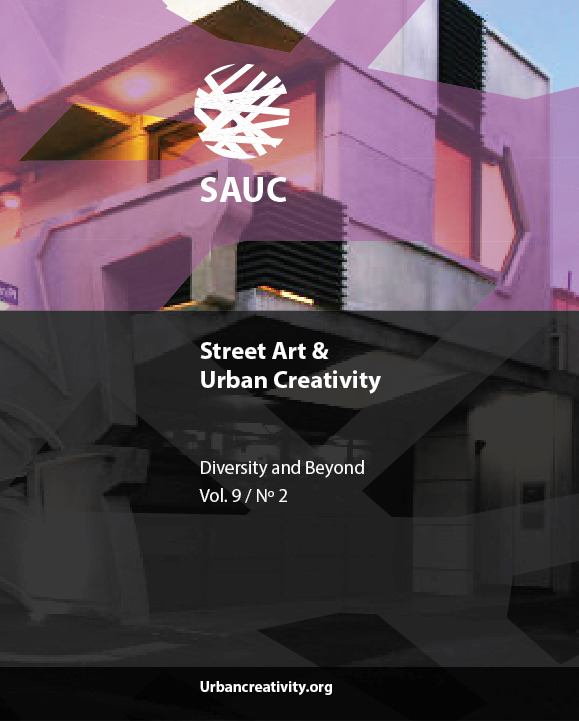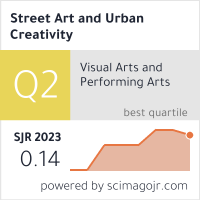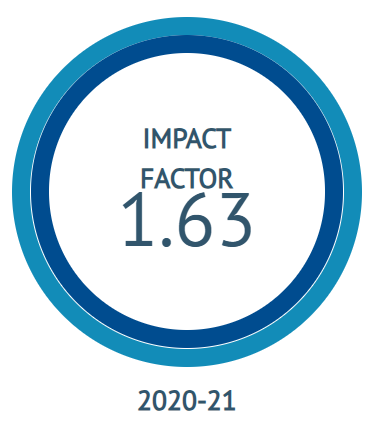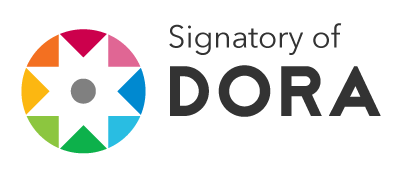Comics meets street art in the media cities of the bande dessinée. Examples from Brussels and Geneva
DOI:
https://doi.org/10.25765/sauc.v9i2.786Keywords:
bande dessinée, Brussels, comic poster, comic mural, media city, GenevaAbstract
Comic media exists in historical and geocultural variations. The historically dynamic identity formation of comic media in some geocultural versions is accompanied by the emergence of mediatic hybridisations that manifest themselves in a street art activity. In this article, we examine these comics-based hybrid media and their use from a media theoretical perspective in the context of two different media cities of the Francophone bande dessinée. In Brussels and Geneva, the institutionalisation of comics has been partially different, but both cities have seen a significant role in hybrid media related to street art. In Brussels, this is the case with comic murals, which have a canonising function and also generate tourist activity. In the case of Geneva, the importance of comic posters and comic-style street signs linked to political communication, civic education, and campaigns by NGOs is striking.
Downloads
Global Statistics ℹ️
|
195
Views
|
311
Downloads
|
|
506
Total
|
|
Downloads
Published
How to Cite
Issue
Section
License
Those authors who publish in this journal accept the following terms:
-
Authors retain copyright.
-
Authors transfer to the journal the right of first publication. The journal also owns the publishing rights.
-
All published contents are governed by an Attribution-NoDerivatives 4.0 International License.
Access the informative version and legal text of the license. By virtue of this, third parties are allowed to use what is published as long as they mention the authorship of the work and the first publication in this journal. If you transform the material, you may not distribute the modified work. -
Authors may make other independent and additional contractual arrangements for non-exclusive distribution of the version of the article published in this journal (e.g., inclusion in an institutional repository or publication in a book) as long as they clearly indicate that the work was first published in this journal.
- Authors are allowed and recommended to publish their work on the Internet (for example on institutional and personal websites), following the publication of, and referencing the journal, as this could lead to constructive exchanges and a more extensive and quick circulation of published works (see The Effect of Open Access).













